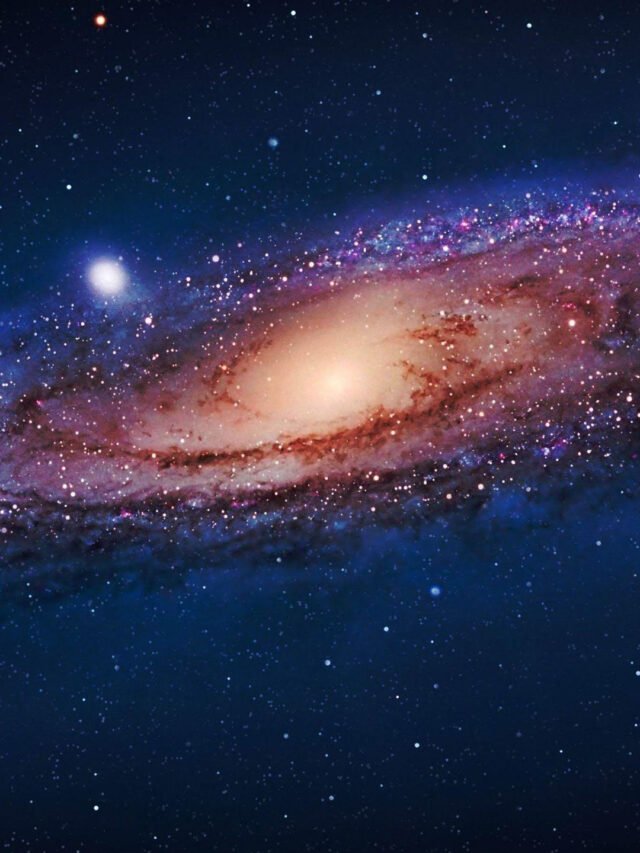
Vijay Sethupathi’s action thriller Maharaja, directed by Nithilan Swaminathan, has made an impressive debut at the China box office, grossing over ₹10 crores ($1.18 million) on its opening day, including earnings from previews. This performance marks a significant achievement for Indian cinema in the Chinese market.
Day 1 Performance Highlights
- Box Office Collection
- Previews: ₹5.4 crores ($635K)
- First full day: ₹4.65 crores ($550K)
- Total: ₹10 crores ($1.18 million)
- Over 220,000 footfalls and 100,000 admissions on its debut day.
- China’s Box Office Rankings
- Maharaja debuted at No. 5 in the daily rankings, despite strong competition from Hollywood’s Gladiator II and the Chinese drama Her Story.
- The film was showcased across 32,621 screenings, indicating strong demand.
- Audience Reception
- Rated 8.7/10 on Douban, one of China’s leading review platforms, it stands as one of the highest-rated Indian films in recent years.
Cultural Significance and Milestones
- Maharaja is the first Indian film to premiere in China following the recent diplomatic normalisation between India and China. This reflects a positive step toward cultural exchanges between the two nations.
- The movie’s universal themes and thrilling narrative resonate well with Chinese audiences, continuing the legacy of Indian cinema’s appeal in the region.
Star Power and Cast
- Vijay Sethupathi’s captivating performance, along with a strong ensemble cast featuring Anurag Kashyap, Mamta Mohandas, and Natty Natraj, has contributed to the film’s success.
Global Success
- Originally released in India on June 14, Maharaja was a domestic hit, and with the addition of its Chinese earnings, the film’s worldwide gross now stands at ₹116 crores.
Outlook
- With robust advance bookings and growing word-of-mouth, Maharaja is poised for a strong weekend at the Chinese box office. Industry experts predict continued success, potentially paving the way for more Indian films to enter the Chinese market.
Maharaja’s remarkable debut not only highlights the global appeal of Indian cinema but also signifies the potential for deeper cinematic collaborations between India and China.








































Leave a Reply